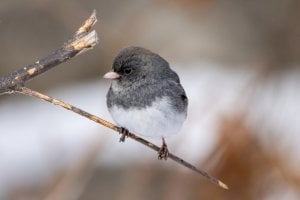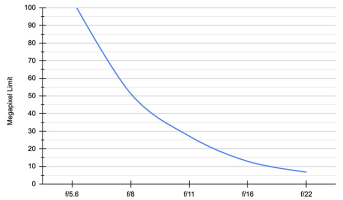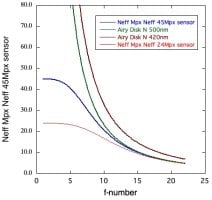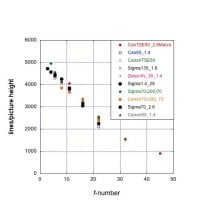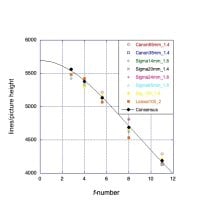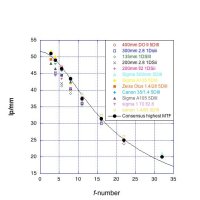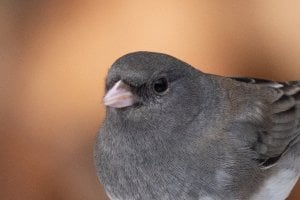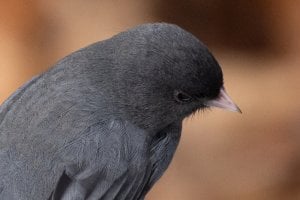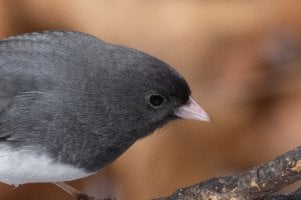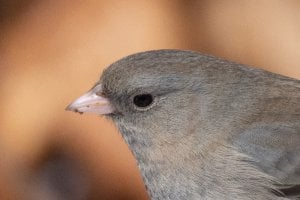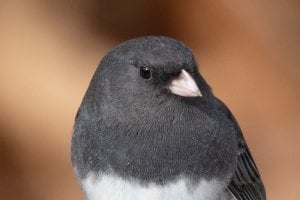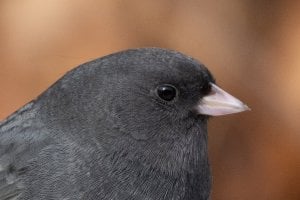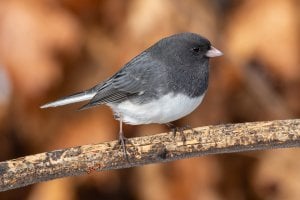I have recently used the RF 100-500mm and RF Extender 2x combination on an R5 Body and find it is pointless adding the 2x Extender.
I can get better quality by increasing the focal length in Photoshop with the lens alone at 500mm f7.1 or 500mm f8.
I am guessing this is due to diffraction as I have tested this with several lenses and diffraction starts to occur at f11 with the R5 when viewing at 100%, but is not visible on a 30" monitor with the full frame.
It becomes obvious at f16 on the full image on this monitor.
This extender is designed to work with the 100-500mm, 600 f11 and 800 f11, and as it would make these last two lenses f22, severe softening would occur, again making the extender pointless.
Has anybody else come across these issues with the 2x extender.
I can get better quality by increasing the focal length in Photoshop with the lens alone at 500mm f7.1 or 500mm f8.
I am guessing this is due to diffraction as I have tested this with several lenses and diffraction starts to occur at f11 with the R5 when viewing at 100%, but is not visible on a 30" monitor with the full frame.
It becomes obvious at f16 on the full image on this monitor.
This extender is designed to work with the 100-500mm, 600 f11 and 800 f11, and as it would make these last two lenses f22, severe softening would occur, again making the extender pointless.
Has anybody else come across these issues with the 2x extender.




